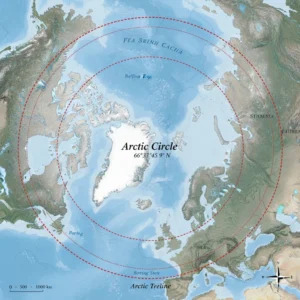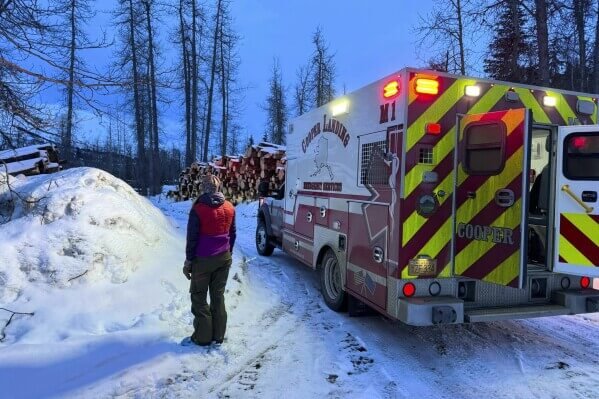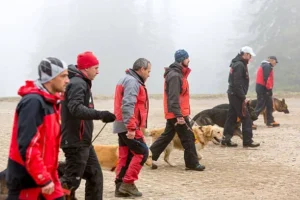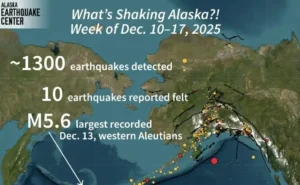A recent avalanche on East Groundhog Peak in Alaska’s Kenai Peninsula has raised concerns about rescue processes. Professional snowboarder Rafael Pease says minutes count in life-or-death situations. He’s frustrated with how long it took for help to arrive.
The Alaska avalanche occurred when a member of Pease’s group triggered a slide. It swept a skier 1,200 feet down rocky terrain. The skier suffered a pelvic fracture and two vertebrae injuries. Fortunately, he’s expected to make a full recovery.
After the avalanche, Pease’s friend Travis rode up to the upper ridge. He got a phone signal and called for help. Pease says they made it clear that they needed a helicopter with a hoist. This was necessary given the steep slope.
However, a LifeMed helicopter arrived but was unable to land. This was despite the crew shoveling out an area. Pease believes politics sometimes play a role in which an agency responds to a rescue mission.
The Alaska Rescue Coordination Center works with multiple agencies and responds to rescue calls. Tim Despain, a spokesman for the Alaska State Troopers, says decisions are made based on availability. The goal is to determine who can safely respond first.
David Bedard, a spokesperson for the 176th Wing, adds that military services have a non-compete agreement. This agreement is with private companies. Bedard notes that this agreement ensures that military assets are used efficiently and effectively in rescue situations.
Pease emphasizes that backcountry skiing, snowboarding, and snowmachining are inherently risky. These activities require a deeper level of knowledge and experience to do safely. Additionally, Pease stresses the importance of having proper equipment and training for emergencies.
In recent years, several incidents in Alaska have occurred where rescue efforts were delayed or complicated by various factors. These incidents highlight the need for efficient and effective rescue processes.
The recent avalanche on East Groundhog Peak highlights the importance of efficient Alaska avalanche rescue efforts. This incident shows that minutes truly count in life-or-death situations.
News story originally published by Alaska’s News Source.












